A stocked pantry is only as good as your ability to use it. If cans are stacked haphazardly or you can’t find what you bought last month, you’ll end up frustrated — and wasting food. The good news? A few simple organization strategies can keep your prepper pantry neat, accessible, and stress-free.
An organized pantry doesn’t just save time — it helps you save money and avoid food waste. When you know exactly what you have, you won’t overbuy or let items expire at the back of a shelf. And in an emergency, you’ll have confidence knowing you can quickly grab what you need without digging.
Here are five practical ways to organize your prepper pantry so you always know what you have.
1. Group by Category
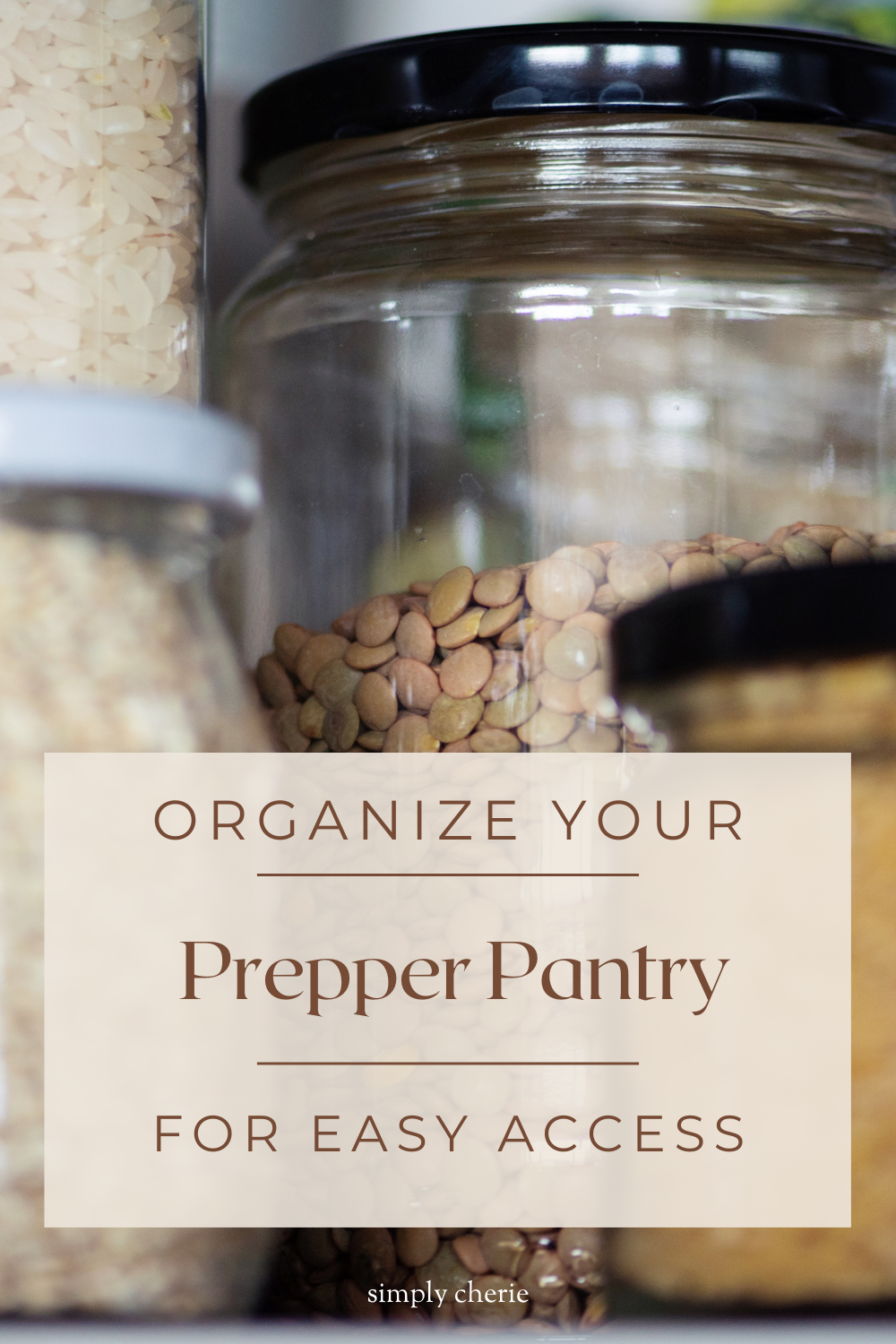
Keep like items together so you don’t waste time searching.
✅ Examples: grains (rice, pasta, oats), proteins (beans, tuna, chicken), vegetables, sauces, and comfort items.
Think of your pantry like a grocery store aisle — you’ll always find similar products grouped together. By creating sections, you cut down on decision fatigue and make it easier to plan meals. This also helps family members know where to look (and where to put things back). Adding baskets or bins for each category can make your shelves look cleaner and help prevent items from getting lost. You’ll also find it much easier to do a quick visual inventory when you’re planning meals or making a shopping list. And if your pantry space is small, categories can still work — just use smaller containers to divide items.
2. Use Clear Containers and Labels

Mason jars, bins, or clear plastic containers let you see what’s inside at a glance. Label each container with the item name and expiration date.
✅ This prevents mystery bags and helps you use items before they expire.
Clear containers also protect food from pests and moisture, which is especially important for grains and baking supplies. Labels act like a built-in reminder system, making rotation simple and stress-free. You’ll spend less time guessing and more time actually using what you’ve stored. Another bonus: airtight containers help keep food fresher for longer, saving you money. Even a simple masking tape label with a marker can make a huge difference in pantry efficiency. And when your shelves look neat and uniform, you’ll feel more motivated to maintain the system.
3. Practice FIFO (First In, First Out)

When you restock, place new items at the back and bring older ones forward. This ensures you use the oldest items first, reducing waste.
✅ A simple shelf shuffle goes a long way in keeping food fresh.
FIFO is a restaurant and grocery store standard — and for good reason. It keeps inventory moving and prevents surprises like expired cans hidden in the back. By adopting this simple routine, your pantry will stay fresh and reliable, no matter how big or small it is. One trick is to write purchase dates on the tops of cans so you can see them easily when putting items away. Even kids can learn to restock correctly with a little guidance, which makes it a family-friendly system. The best part is that FIFO becomes second nature once you’ve practiced it a few times.
4. Create a “Never Run Out” Shelf
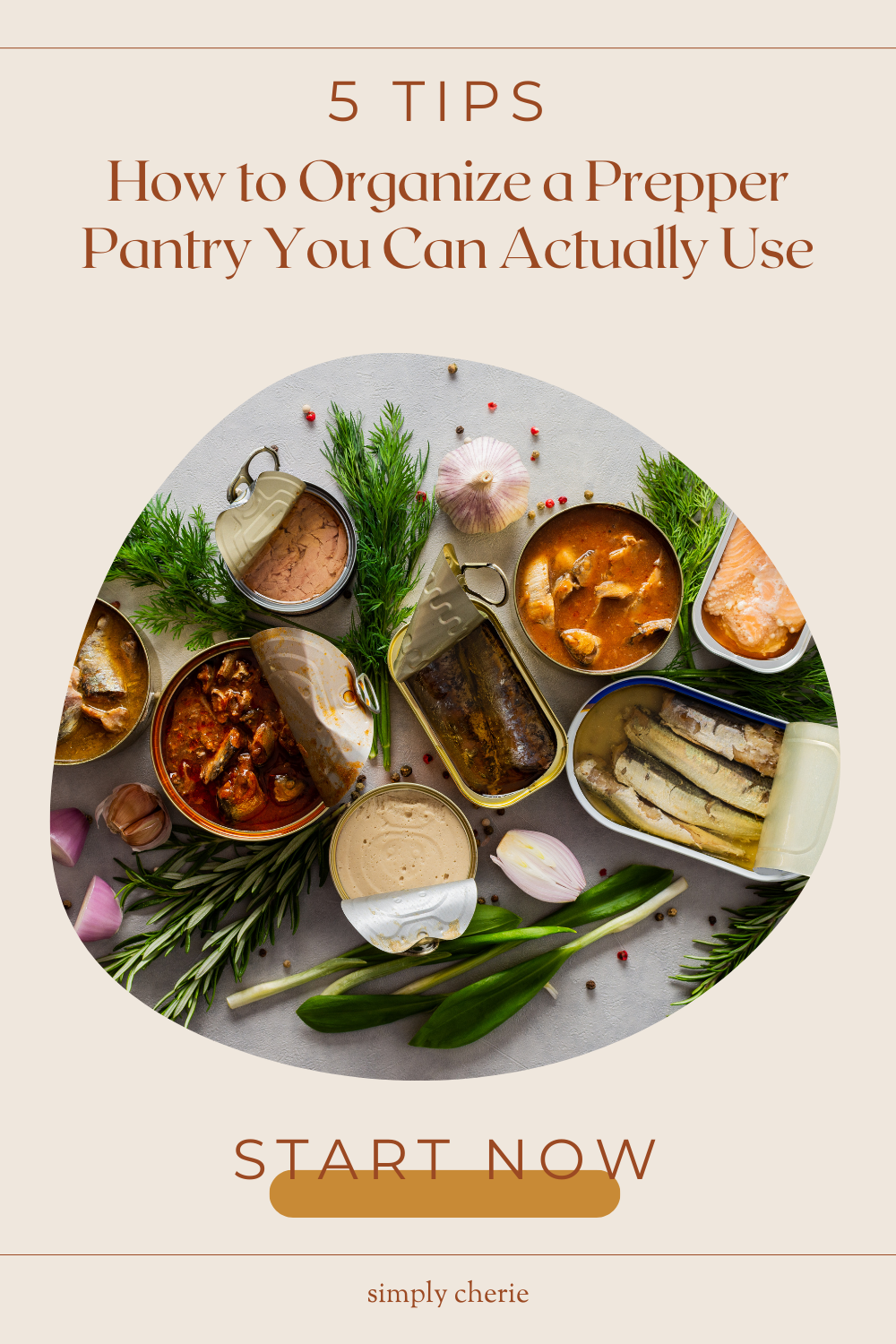
Designate one shelf or bin for your family’s top 5 essentials — the things you never want to be without.
✅ Examples: peanut butter, pasta, rice, canned chicken, and oats.
This shelf is your safety net. When you’re low on one of these items, it’s a clear sign to restock right away. It also helps with meal planning because you’ll always know your core ingredients are covered, even if the rest of your pantry is running low. The “never run out” shelf can also be a source of comfort during stressful times, since it holds the foods your family depends on most. You’ll avoid that sinking feeling of realizing you’re out of a staple right when you need it. And by keeping it stocked, you’re building both peace of mind and consistency into your pantry routine.
5. Add Overflow and Rotation Bins
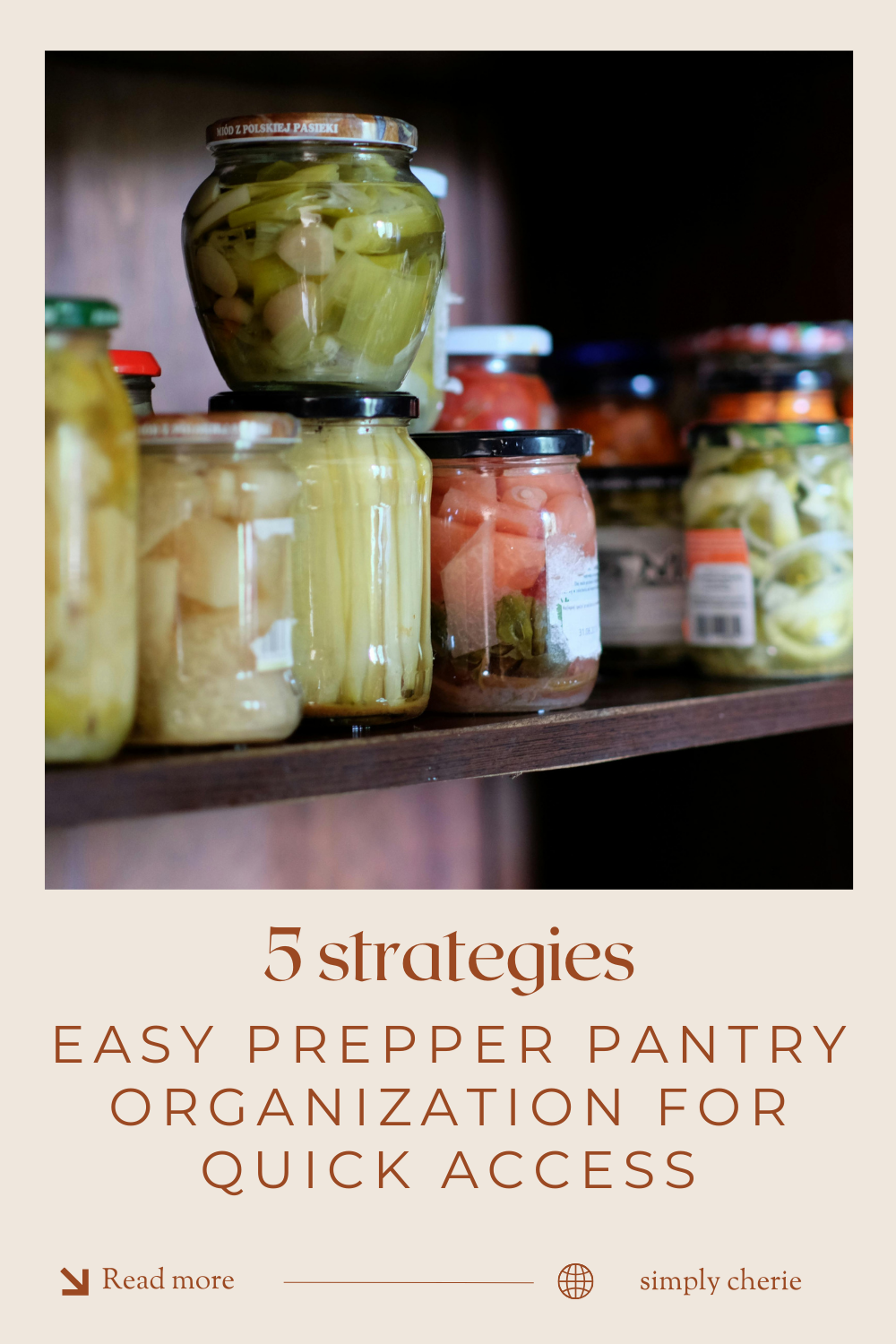
If you buy in bulk, store extras in a labeled bin so your main shelves don’t get cluttered. Rotate items from the overflow bin into your everyday pantry as space opens up.
✅ This keeps things streamlined and makes bulk storage manageable.
Overflow bins work especially well for warehouse club purchases or seasonal items. By separating bulk from daily use, you avoid overcrowding and confusion. It also makes it easier to see when you’re truly running low versus just having extras tucked away. Labeling bins by category (like “extra pasta” or “extra canned veggies”) makes rotation even easier. You can also keep a small whiteboard or sticky note on the bin to track what’s inside. This way, you don’t end up buying duplicates when you already have plenty on hand.
Final Thoughts
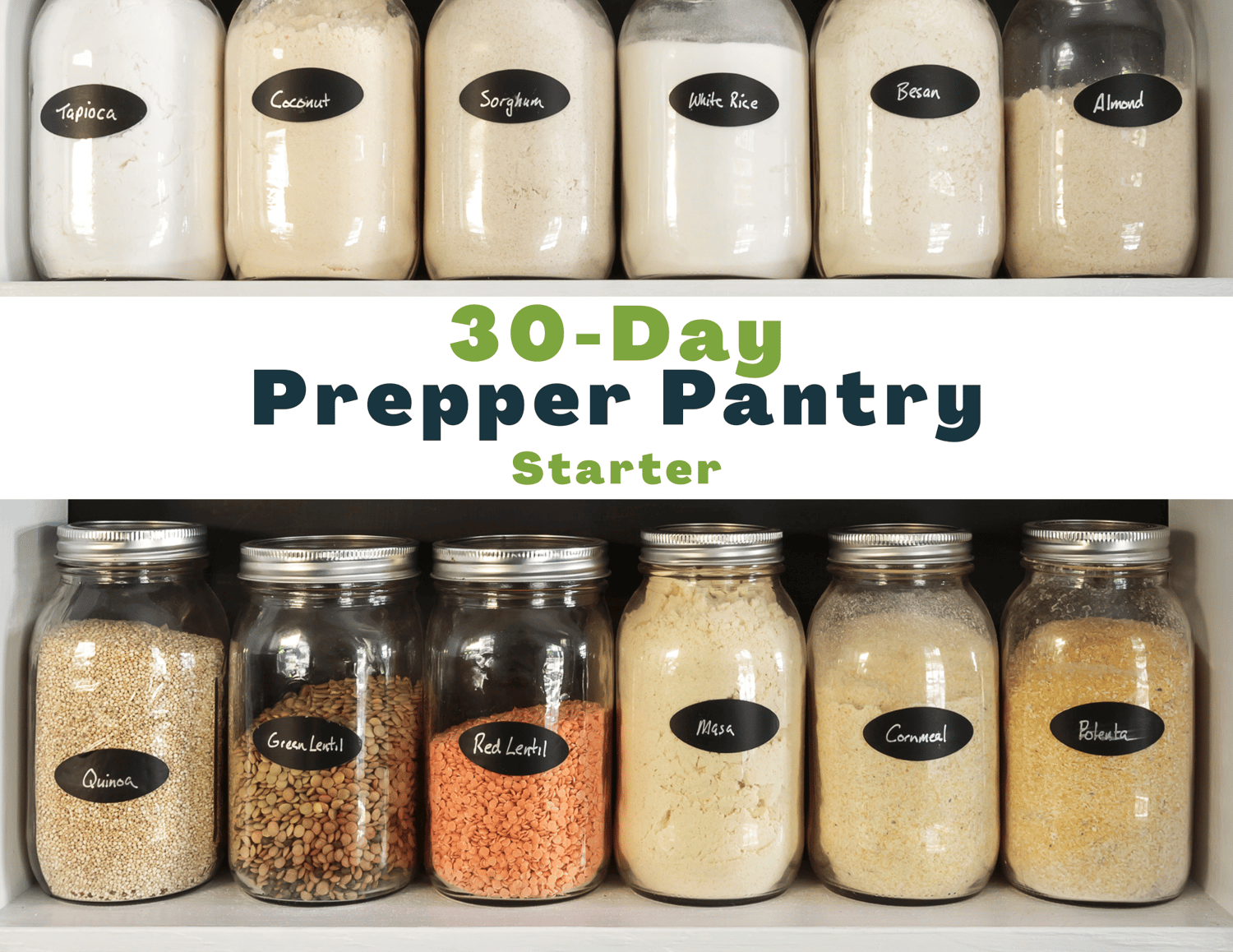
An organized prepper pantry saves time, reduces stress, and helps you make the most of what you have. With clear categories, labels, and a simple rotation system, you’ll never wonder what’s hiding at the back of your shelves.
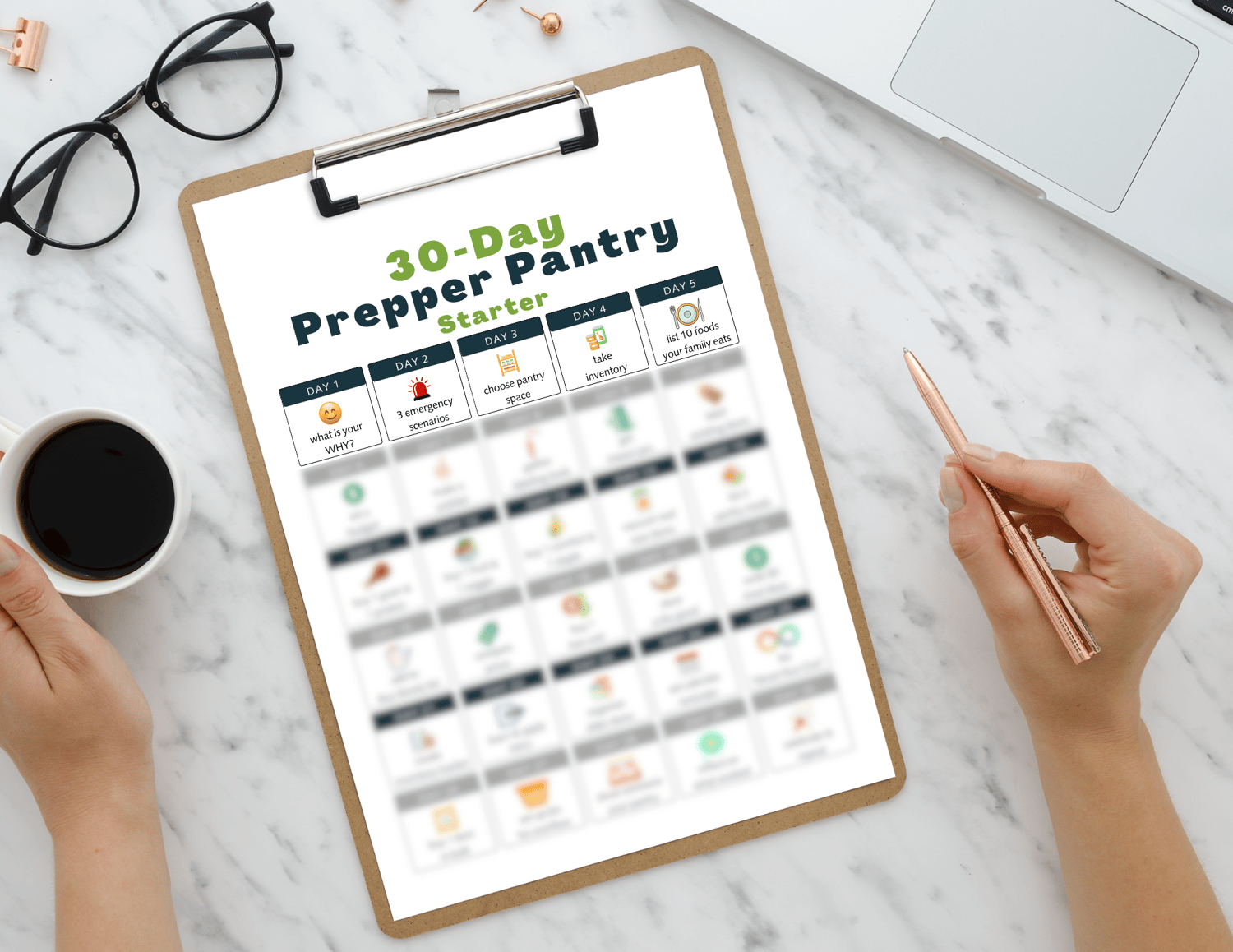
✅ Want a step-by-step plan to stock and organize your pantry without overwhelm? My 30-Day Prepper Pantry Starter gives you one small, smart action per day to build a pantry that works for your family.
✨ A pantry isn’t just storage — it’s a system. Keep it simple, keep it organized, and it will always serve you well.
You may also enjoy these:
- 5 Myths About Building a Prepper Pantry (and What to Do Instead)
- How a Prepper Pantry Saves You Time, Money, and Stress
This post may contain affiliate links, which means I may earn a commission if you purchase through them (at no extra cost to you!) Portions of this content may be generated by AI.



Comments ()